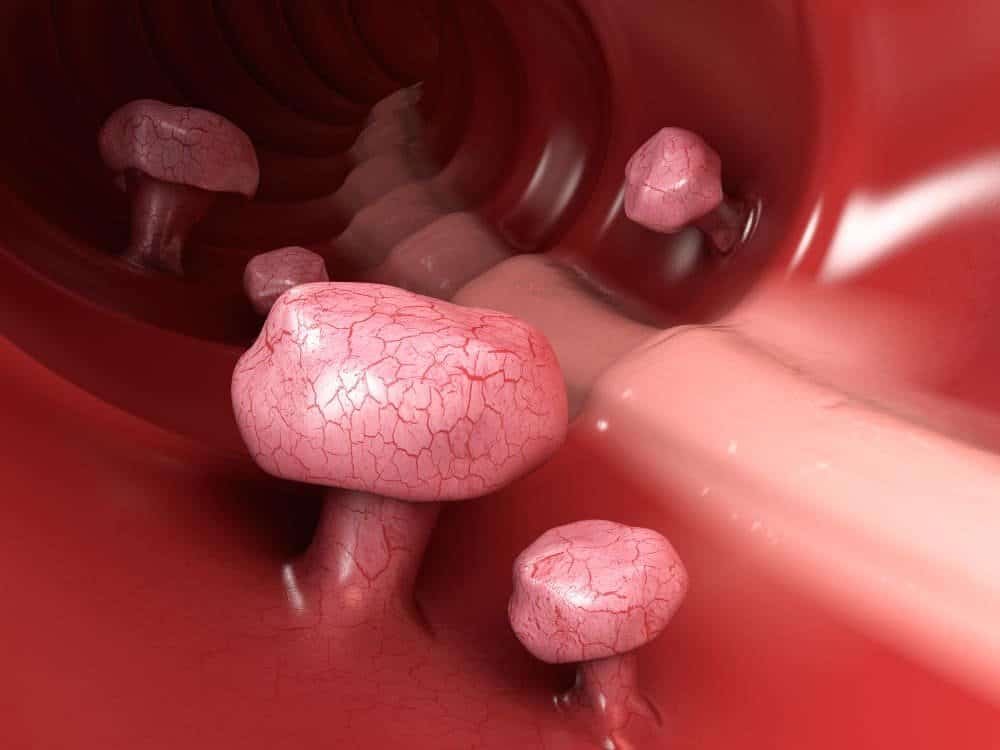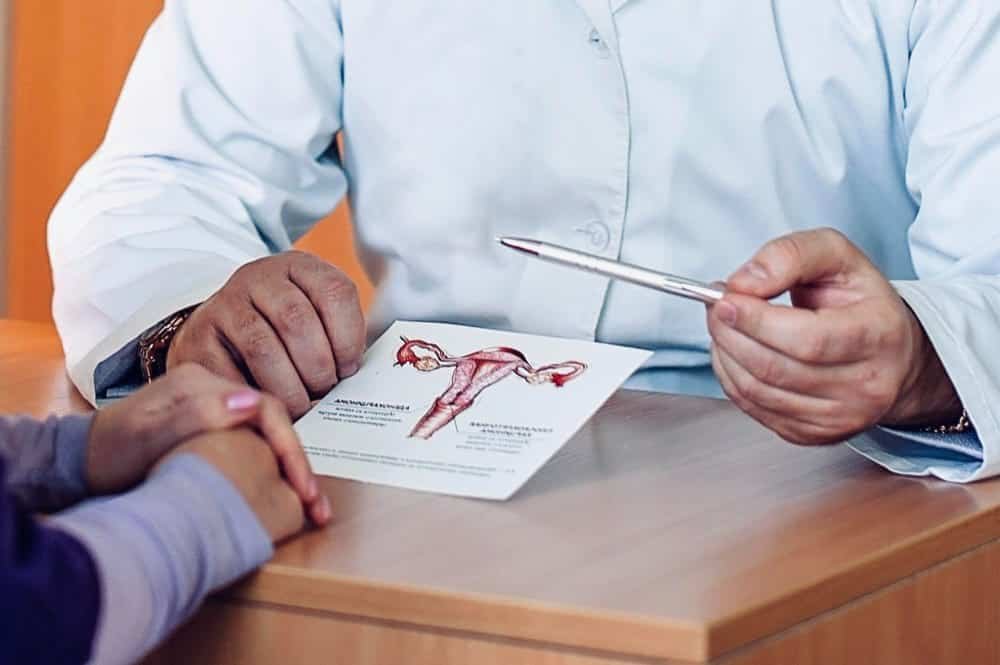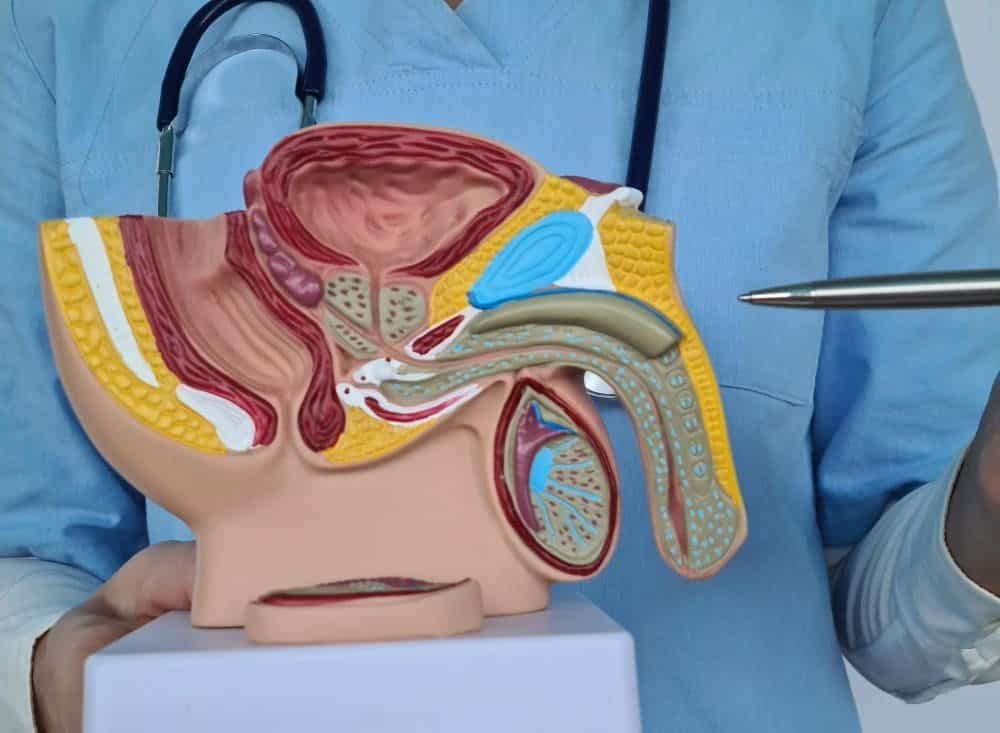Wondering about the long-term side effects of fibroid embolization? This minimally invasive procedure offers powerful relief, but it’s essential to understand how it may affect your body, symptoms, and quality of life over time.

What Is Uterine Fibroid Embolization?
Uterine fibroid embolization (UFE), also called uterine artery embolization (UAE), is a minimally invasive procedure designed to treat uterine fibroids—noncancerous tumors found in the uterus or womb. UFE works by blocking the blood supply (artery) feeding the fibroids using transcatheter techniques, causing them to shrink and alleviating symptoms such as heavy bleeding, pelvic pain, and pressure.
Why Is UFE Becoming Popular?
- Offers an alternative to surgical procedures like hysterectomy or myomectomy
- Minimally invasive with shorter recovery time and less blood loss
- Effective for treating symptoms in many women
Common Short-Term Effects After UFE
After the procedure, most patients can expect:
- Pelvic pain or cramping 🤕
- Mild fever or fatigue as the body heals
- Possible nausea or mild post-procedure bleeding
- Temporary changes in menstruation (heavier or lighter than usual)
Most women return to normal activities within weeks, and pain relief typically begins soon after the process.
Possible Long-Term Side Effects of Uterine Fibroid Embolization
While UFE is generally well tolerated, understanding its effects in the months and years that follow is important.
1. Changes in Fertility
- Some women may experience decreased fertility or difficulty getting pregnant after UFE.
- Studies suggest pregnancy rates after UFE are lower compared to surgical fibroid removal (myomectomy).
- UFE is often not recommended for women strongly aiming for future pregnancy.
Tip: Let your doctor know if future fertility is a priority, as this may influence your best treatment option.
2. Menstrual Changes and Early Menopause
- Menstrual cycles may become lighter, heavier, or irregular in a small percentage of patients.
- There’s a 2-12% risk of early or premature menopause, especially in women over 45 years old, due to changes in blood supply to the ovaries.
- Early menopause may be associated with symptoms like hot flashes, mood changes, or bone and heart health concerns, sometimes requiring hormone therapy.
3. Symptom Recurrence and Fibroid Regrowth
- Although symptom control is high (around 89–97% at 1–5 years), about 10% experience symptom recurrence within 3–5 years.
- Symptom recurrence can result from regrowth of non-infarcted fibroids or the development of new tumors.
4. Ovarian Function and Menopausal Symptoms
- Some patients report changes in ovarian function, particularly if older or close to menopause.
- Rates of transient or permanent amenorrhea (loss of periods) and menopausal symptoms increase with age, especially after 45.
5. Sexual and Pelvic Health
- Rare long-term complications include persistent vaginal discharge, pain, infection, or sexual dysfunction (for example, issues with orgasm).
- Most such side effects are mild and treatable, but a small number may require additional intervention if pain or infection persists.
6. Need for Additional Procedures
- A minority (about 10% at 5 years) may need further gynecological intervention, such as surgery or another embolization, if fibroids recur or side effects are severe.
Comparing UFE with Surgical Options

| Factor | UFE (Uterine Artery Embolization) | Hysterectomy/Myomectomy |
|---|---|---|
| Invasiveness | Minimally invasive, transcatheter | Surgical (open, laparoscopic, or robotic) |
| Recovery Time | Shorter (usually days–weeks) | Longer (weeks to months) |
| Fertility Impact | Can lower fertility chances; less predictable | Myomectomy preserves fertility, hysterectomy removes womb |
| Symptom Relief | 89–97% initial success, possible recurrence | Up to 100% (hysterectomy); myomectomy risks regrowth |
| Long-term Risks | Menopause, symptom recurrence, potential ovarian issues | Standard surgical risks, lasting effects vary |
| Additional Surgery | 10–12% may need further procedures within 5 years | Depends on procedure; hysterectomy is definitive |
Understanding Side Effects: Frequency and Severity
Studies show most women tolerate UFE well. Here’s what the long-term data tells us:
- Major complications are rare (around 3%)
- Most complications are minor (pain, discharge, mild cramping)
- Permanent menopause occurs in around 12% by 5 years, mostly in women over 45
- Recurrence of symptoms is about 10% at 3–5 years post-procedure.
What to Expect: Tips for Patients
- Discuss personal symptoms, fertility goals, and concerns openly with your doctor.
- Prepare for mild-to-moderate pelvic pain post-procedure—this improves with time.
- Know the signs of infection, severe pain, abnormal discharge, or high fever, and report these promptly.
- Follow up with medical appointments and imaging to assess recovery and symptom control.
Is UFE a Safe and Effective Option?
- UFE is a well-tolerated procedure with high rates of symptom control and a low rate of major complications.
- Risks are increased for older patients and those with larger or multiple fibroids.
- It is considered safe, but not every woman is a candidate, especially those planning future pregnancies.
Frequently Asked Questions (FAQs) 🤔
How common are severe complications after UFE?
Serious complications—like infection needing surgery, significant bleeding, or permanent loss of ovarian function—occur in less than 4% of women, making UFE a relatively safe option compared with traditional surgery.
Will my periods stop permanently after UFE?
They may become lighter, irregular, or sometimes stop, especially if approaching menopause. About 10–12% of women may experience permanent cessation by 5 years, especially over age 45.
Can symptoms return after UFE?
Symptom recurrence happens in about 10% at 3–5 years, often requiring further treatment or medication.
Does UFE increase menopause risk?
Yes, particularly in women over 45. The procedure can sometimes cause earlier menopause due to reduced ovarian blood flow.
What about future pregnancies?
Pregnancy after UFE is possible but less likely and sometimes riskier than after myomectomy. Women seeking pregnancy should discuss all options with their interventional radiologist or gynecologist.
Final Thoughts: Weighing the Benefits and Risks
Uterine fibroid embolization offers a minimally invasive, effective, and safe treatment for many women seeking relief from symptomatic fibroids ✨. Understanding the long-term effects allows patients to make informed choices, ask the right questions, and plan for the best outcomes.
If you’re considering UFE, consulting with an experienced interventional radiology consultant like Dr. Samir Abdel Ghaffar ensures you’ll receive expert guidance on all available options—tailored for your needs and goals. Always weigh UFE’s benefits and potential risks compared to other treatment options, considering your life plans, health status, and personal preferences.
For more personalized information and to explore all treatment options, schedule a consultation with Dr. Samir Abdel Ghaffar, specialist in interventional radiology for fibroids, adenomyosis, thyroid issues, prostate enlargement, and varicocele.
 العربية
العربية 
